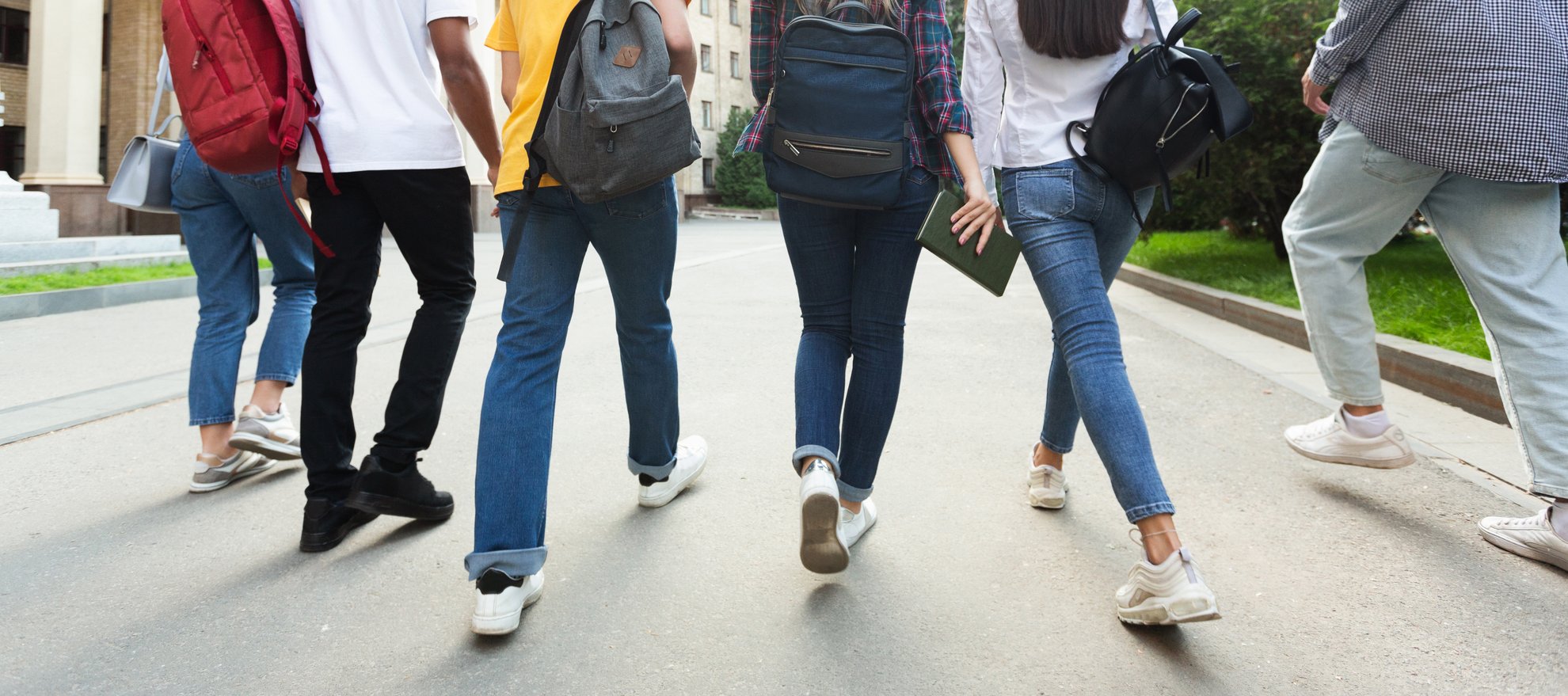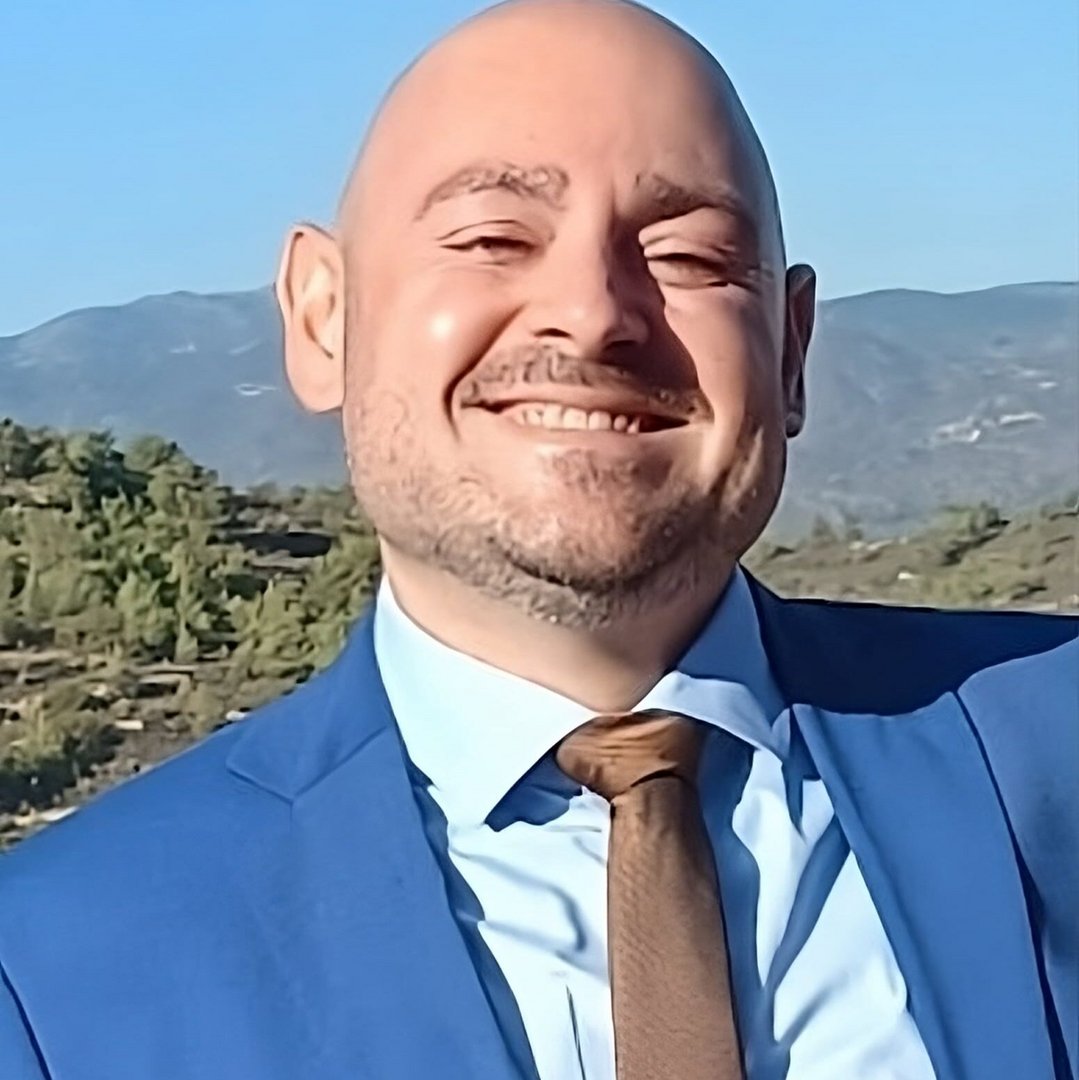Roughly one fifth of all secondary students in Cyprus attend a private school, ministry of education figures show, with the 11,546 students continuing the upward trend seen over recent years. These students represent 20.5 per cent of all secondary school students in Cyprus.
In the previous school year out of a total of 56,034 students in secondary school 11,122 went to private school, representing 19.85 per cent.
From 2005 to 2020 the number of children studying in private schools increased as both a percentage of the total students and in absolute numbers.
In the 2005-2006 school year, 8,809 secondary education students attended a private school, representing 13.50 per cent of all secondary students that year, out of a total of 65,236. By 2019-2020 there was a rise of 6.35 per cent in terms of students attending private schools, a rise of 2,313 students in absolute terms.
These students study at 40 different high schools, 37 of which offer a straight secondary school experience, while the remaining three offer a technical education or vocational training. In terms of their location, 17 are in the Nicosia district, 15 in Limassol, three in Larnaca, three in Paphos, and two in Paralimni.
Twenty two of them are deemed to be of a similar type to public schools by the ministry, meaning that their curriculum includes the core syllabus provided by the ministry, with no less than two thirds of their teaching being identical to that of public schools.
Six private schools are deemed identical by the ministry, meaning that they both follow the timetable and curriculum of public schools, but implement them in a private setting.
The remaining ten private schools are considered to be entirely different propositions to public schools, meaning they follow the educational format and system of a foreign country. Despite this, there is still cooperation between these schools and the ministry.
The dominant language across the board is English although seven schools use Greek as their primary language, three Russian, and one each Arabic and French.
The makeup of private school pupils by nationality varies from city to city, reflecting both the types of private school on offer and the demographics of the city.
In Nicosia, 86.1 per cent of private school students are Cypriots, 3.1 per cent are from other European Union countries, and 10.8 per cent are third country nationals.
In Limassol, the percentage of Cypriot students falls to 53 per cent, with 7.5 per cent from the EU and 39.5 per cent third country nationals.
In Larnaca, 75.3 per cent are Cypriots, 4.3 per cent from the EU and 20.3 per cent third country nationals.
In Famagusta, 83.7 per cent are Cypriots, 2.8 per cent from the EU and 13.4 per cent third country nationals.
Paphos, like Limassol, has a significant number of foreign students attending private schools, with Cypriots making up only 19.9 per cent of the total number, with 10.3 per cent EU citizens and 69.8 per cent third country nationals.
It is important to remember however that will Britain’s exit from the EU its citizens now count as third country national’s rather than EU members.







Click here to change your cookie preferences